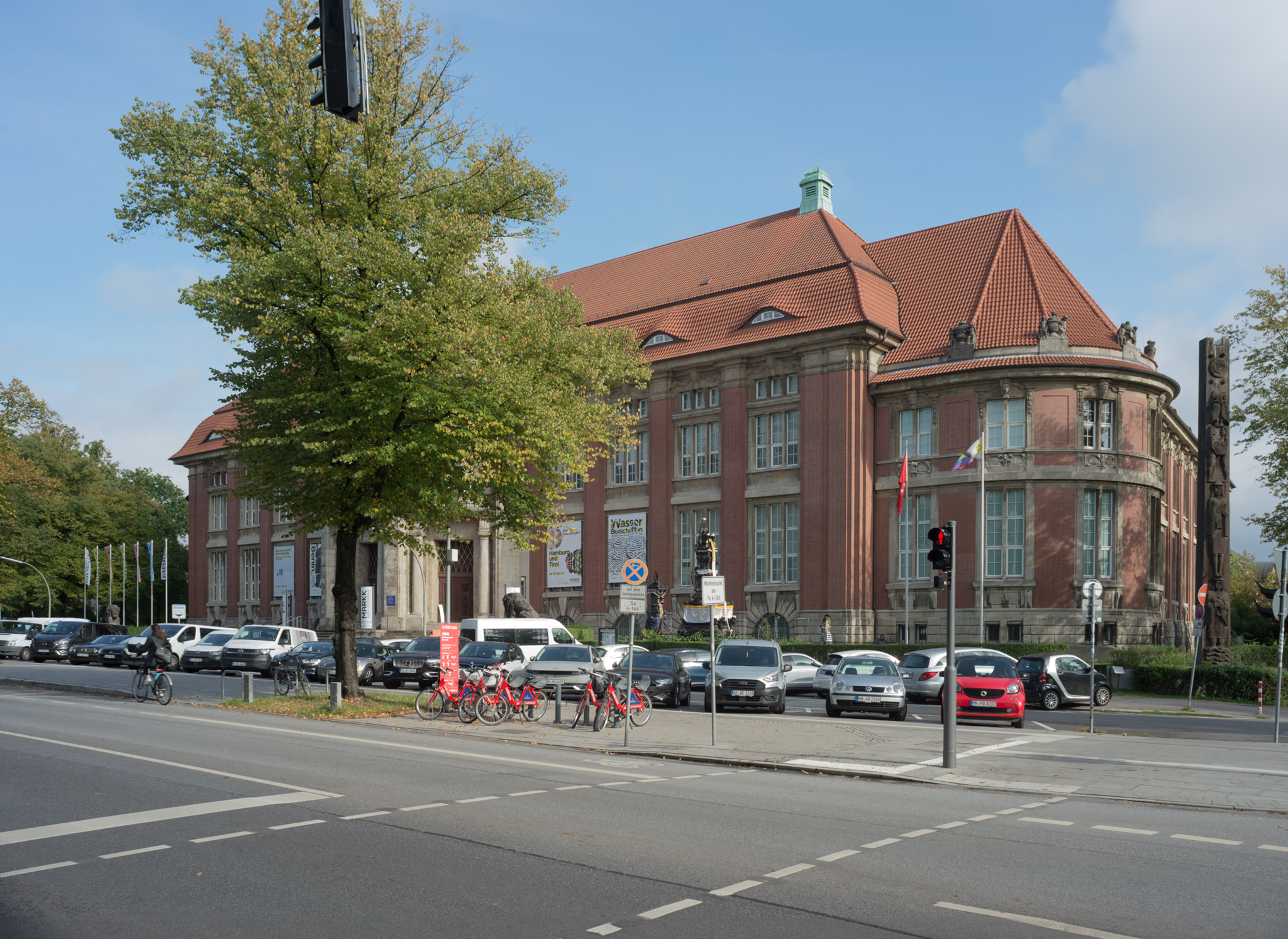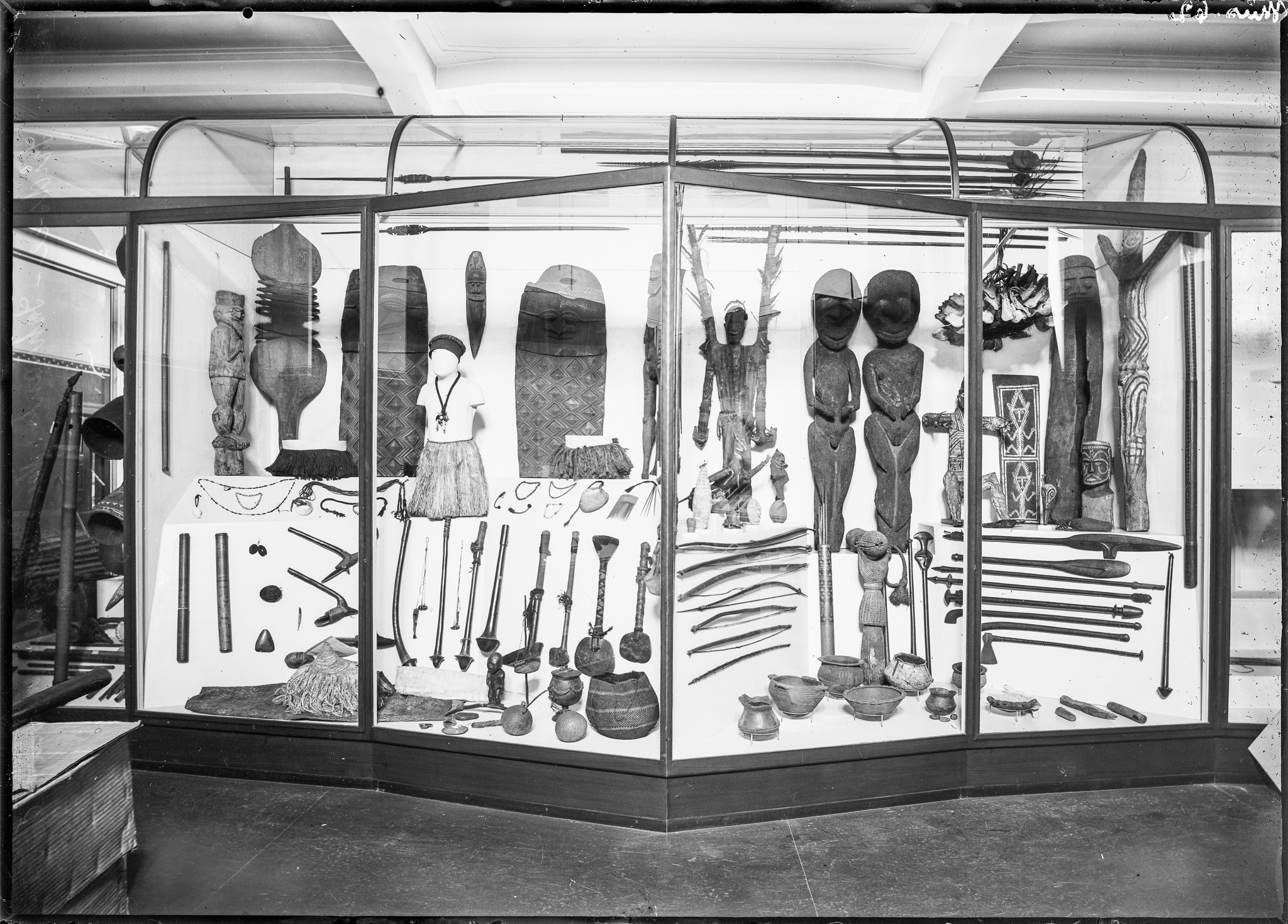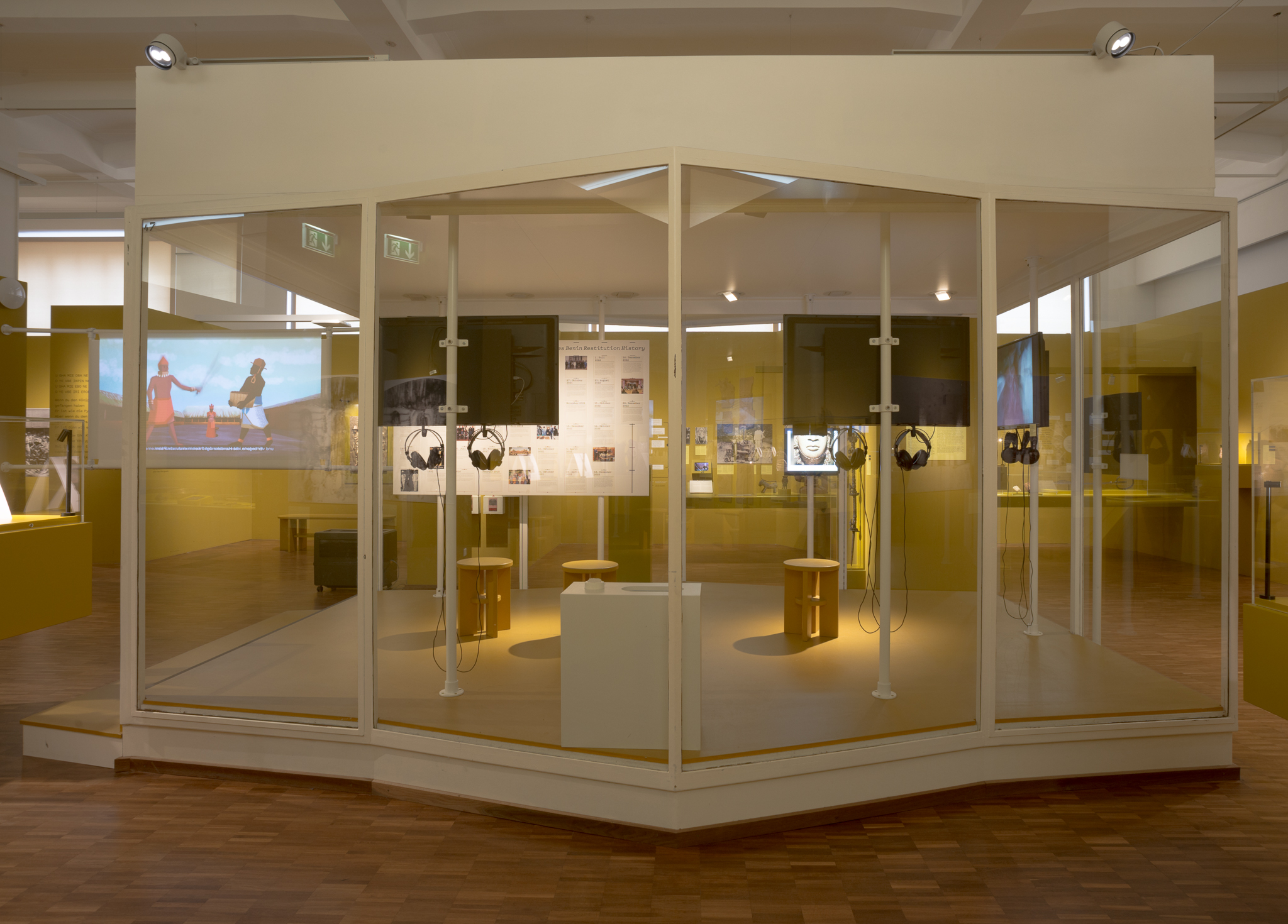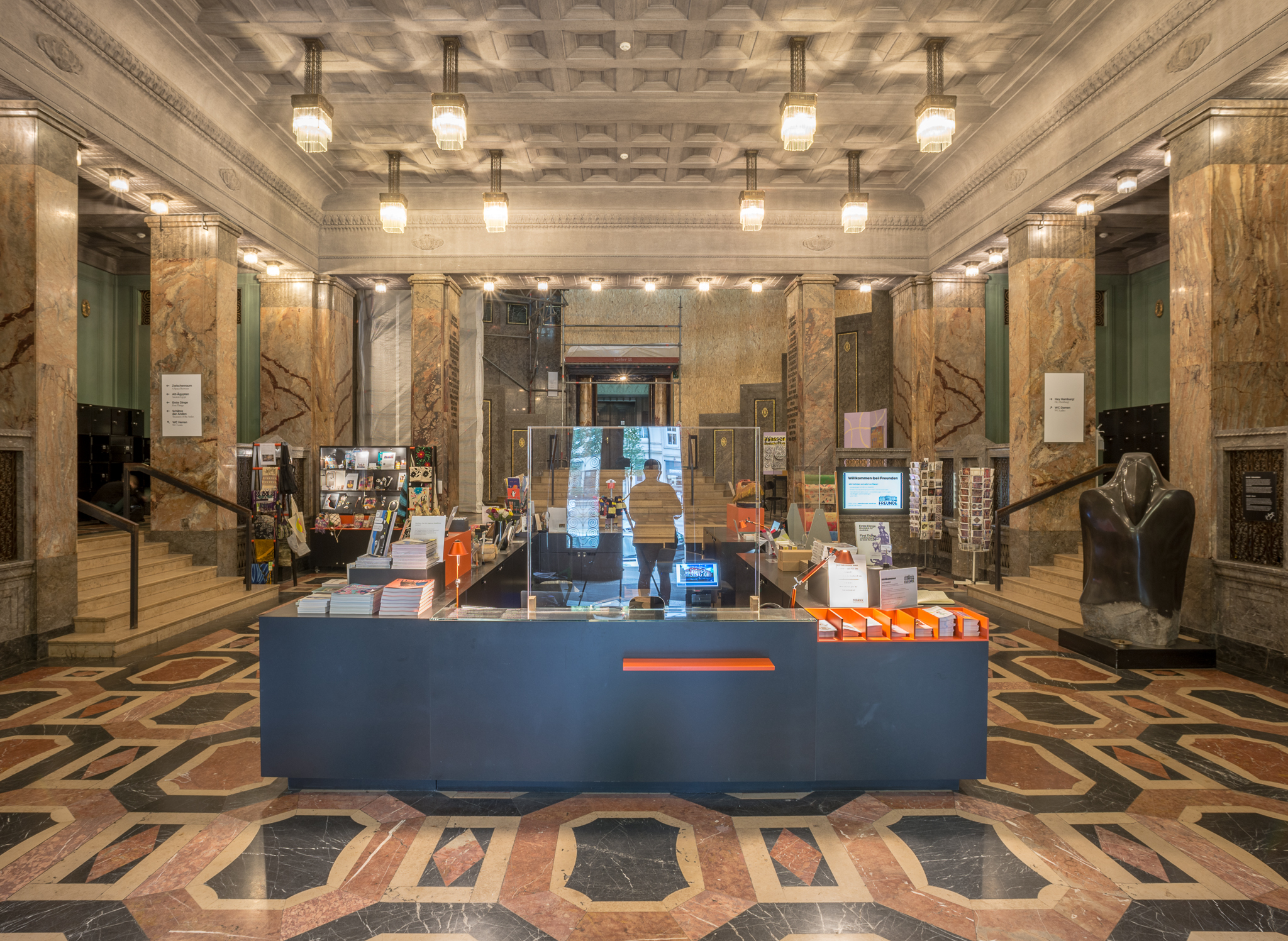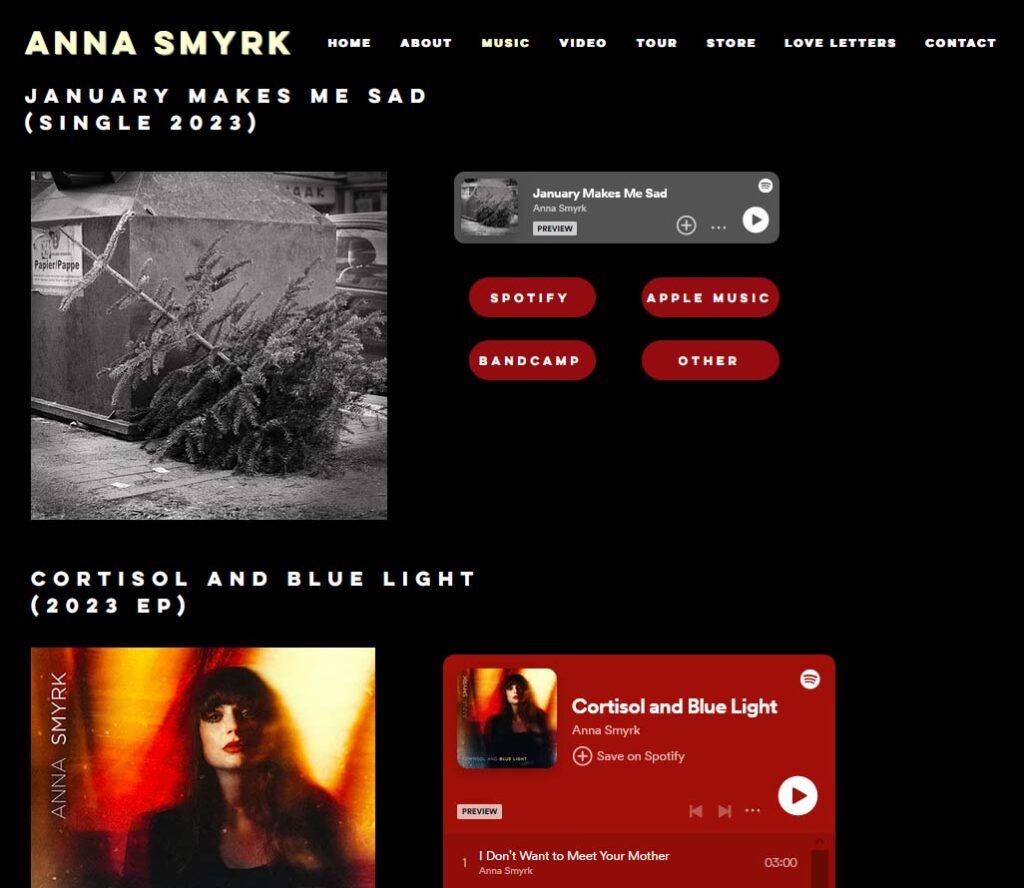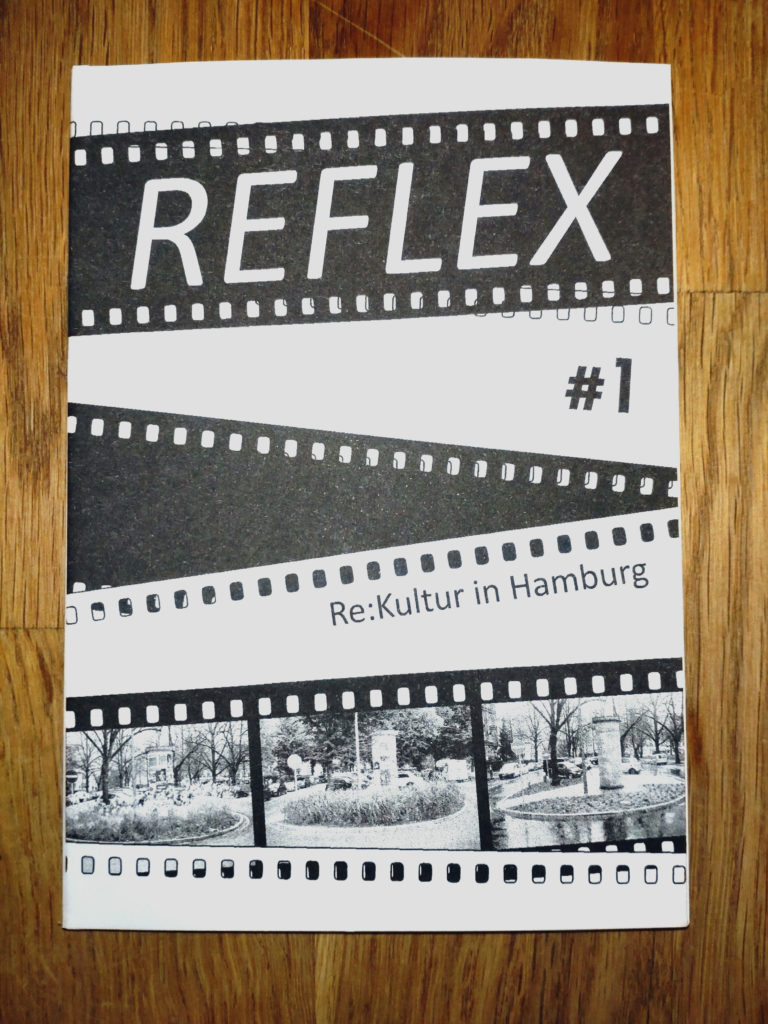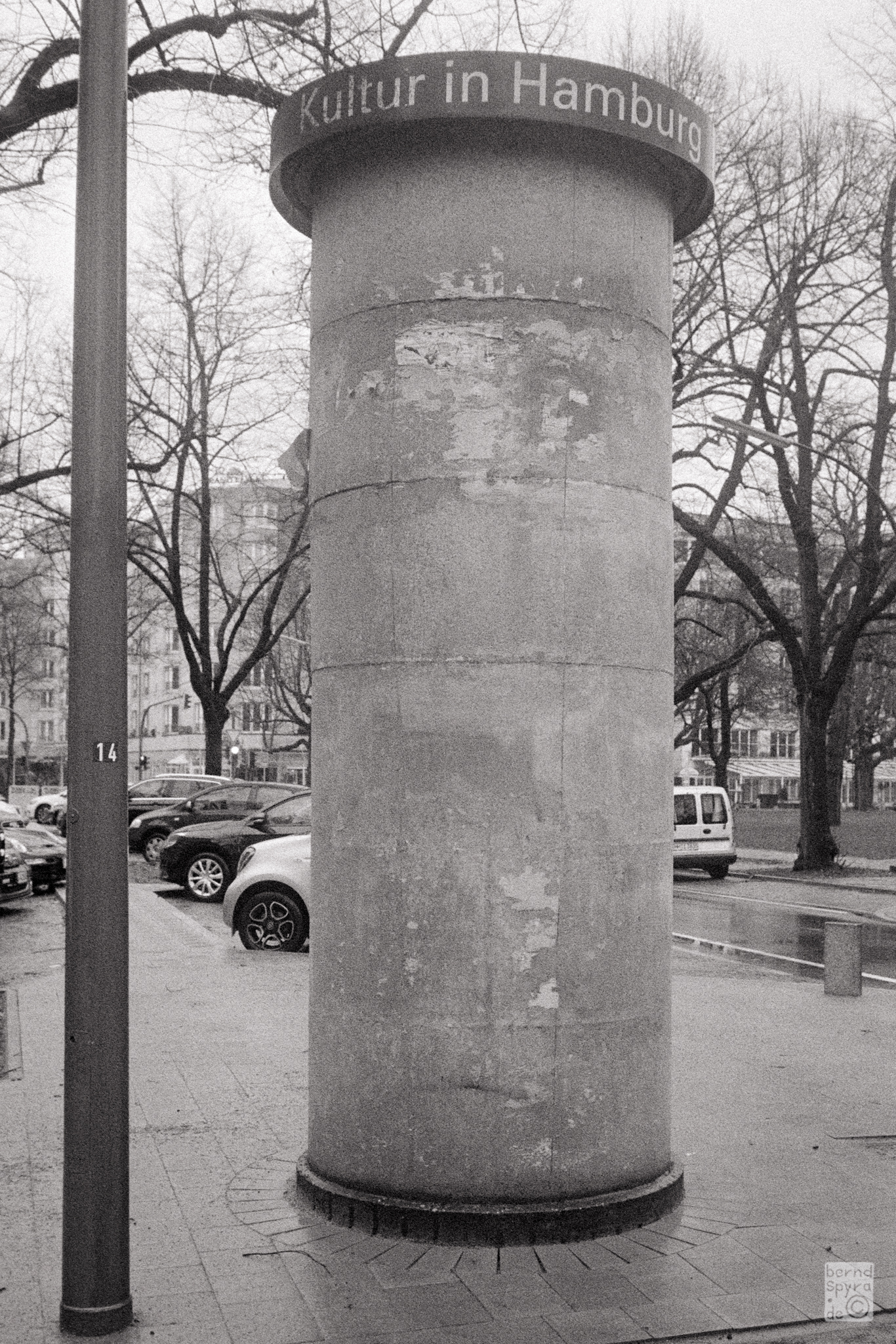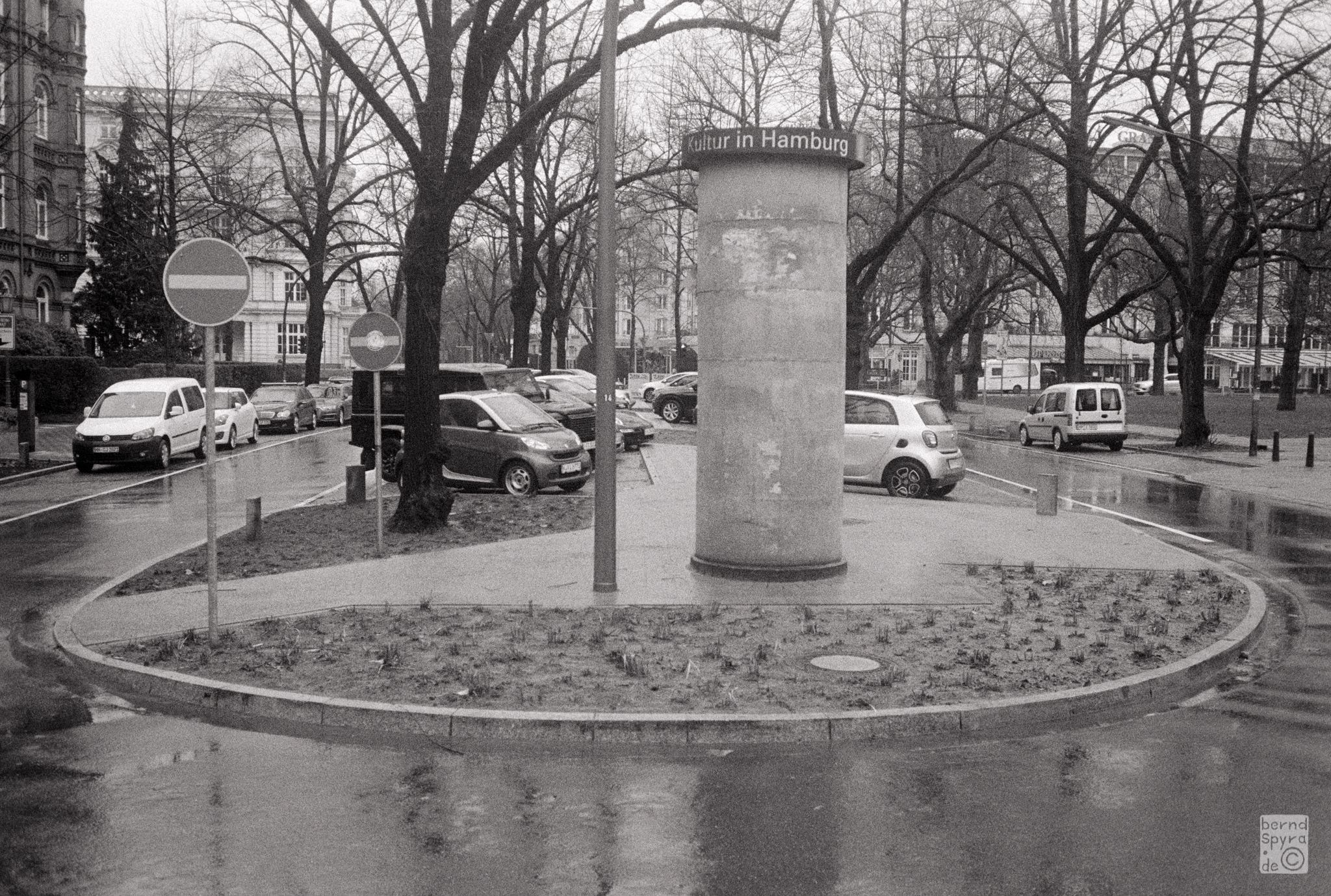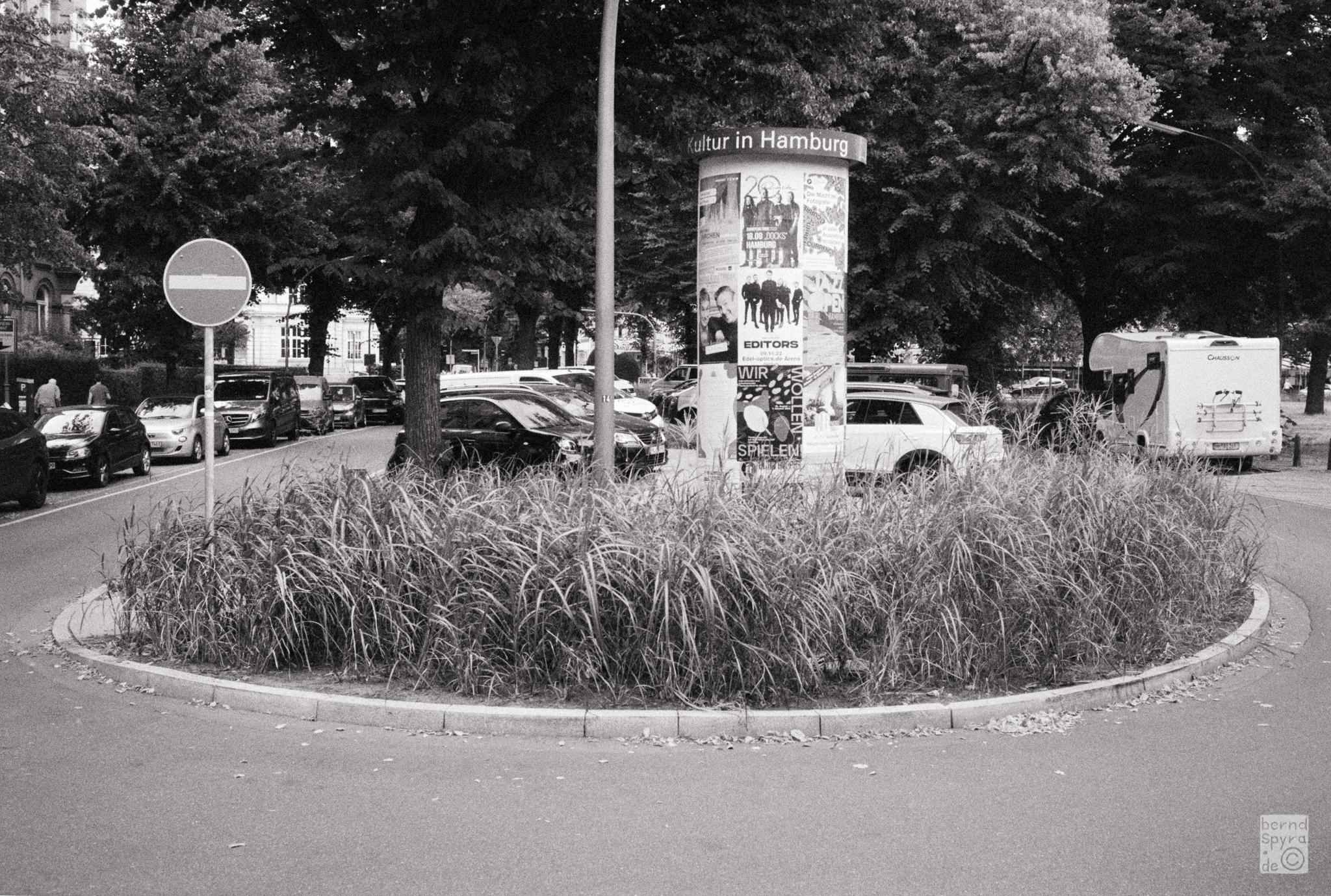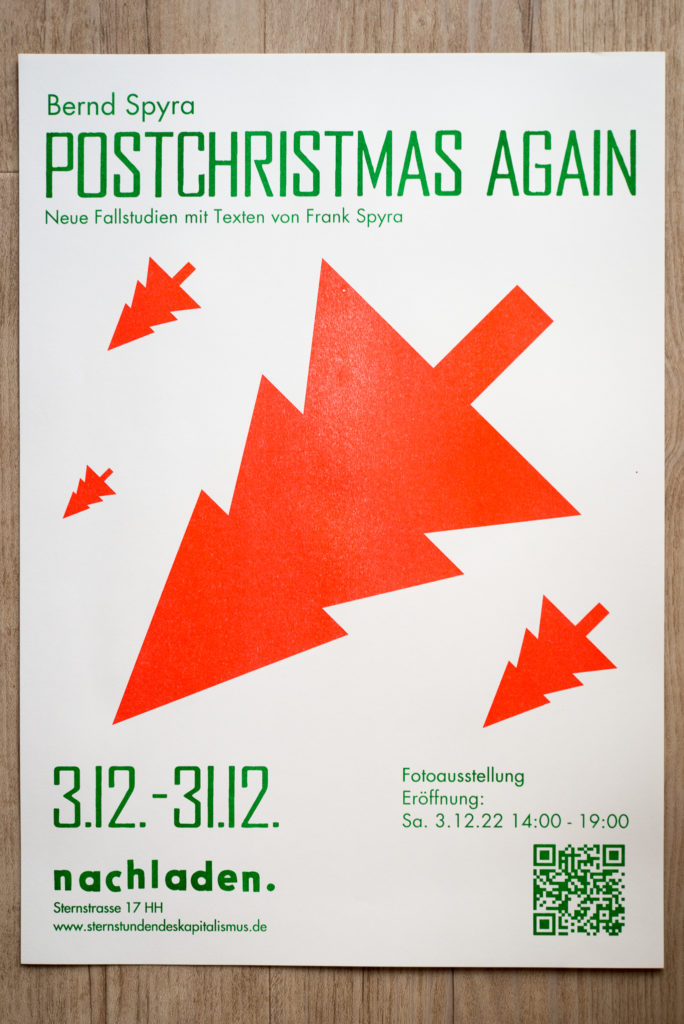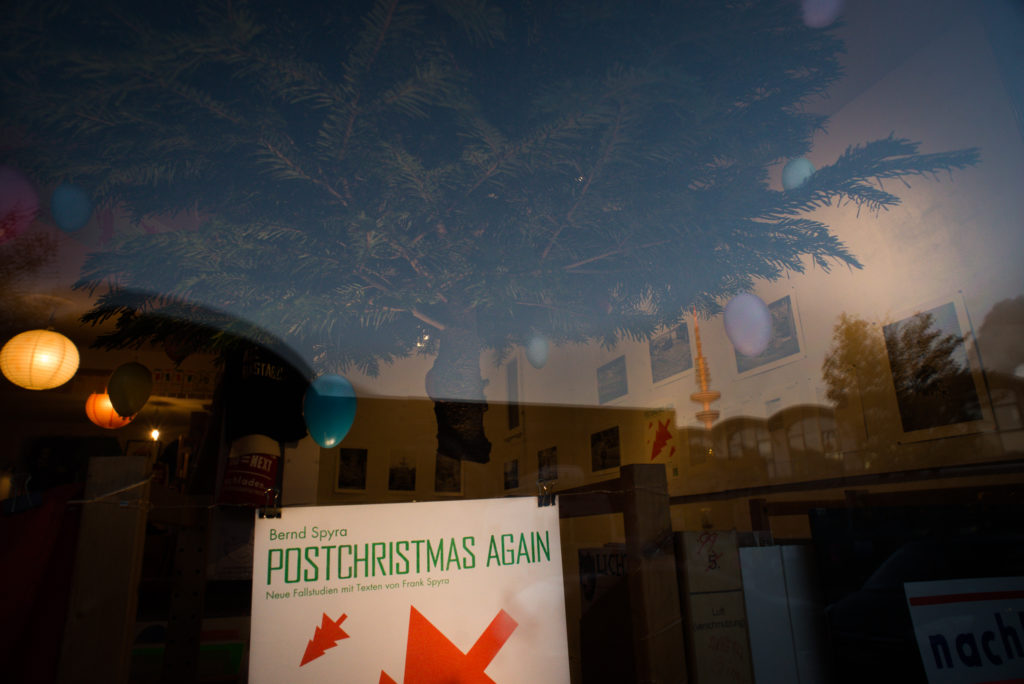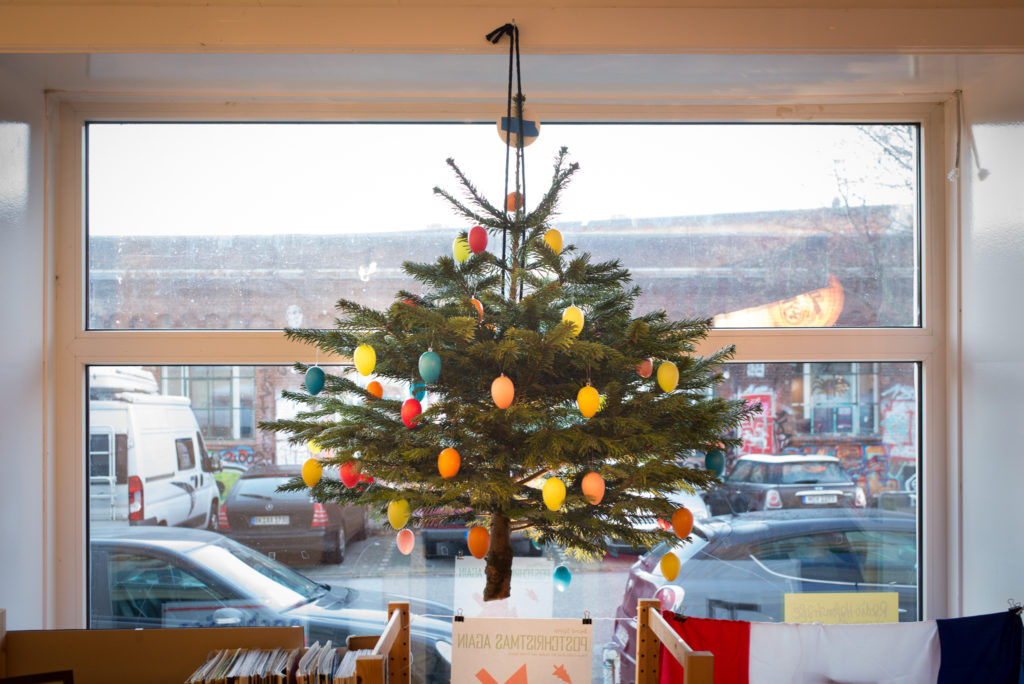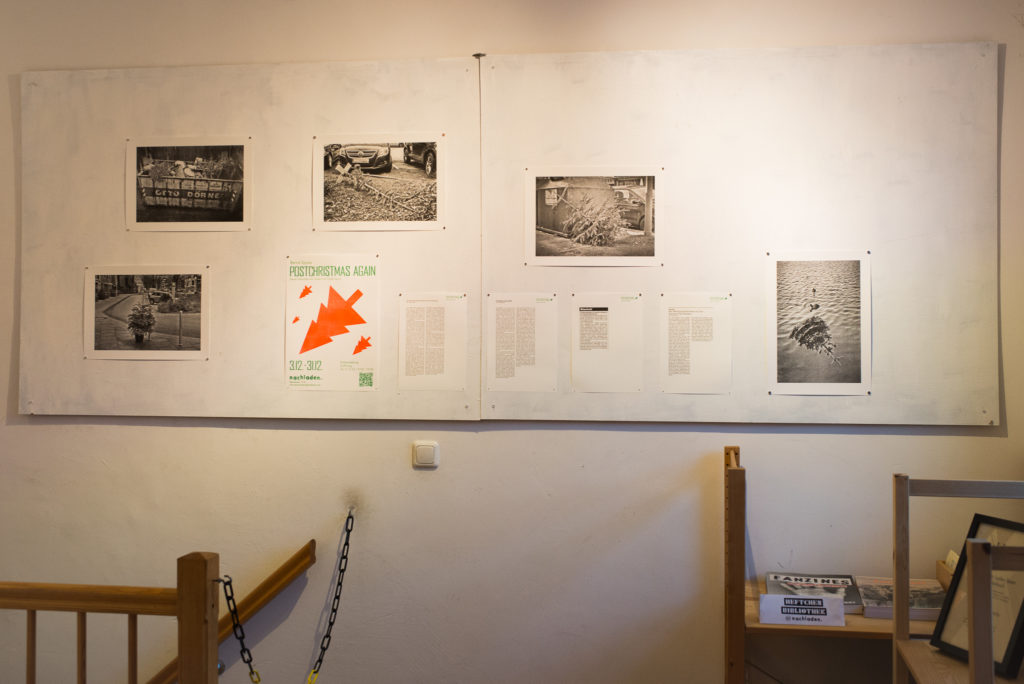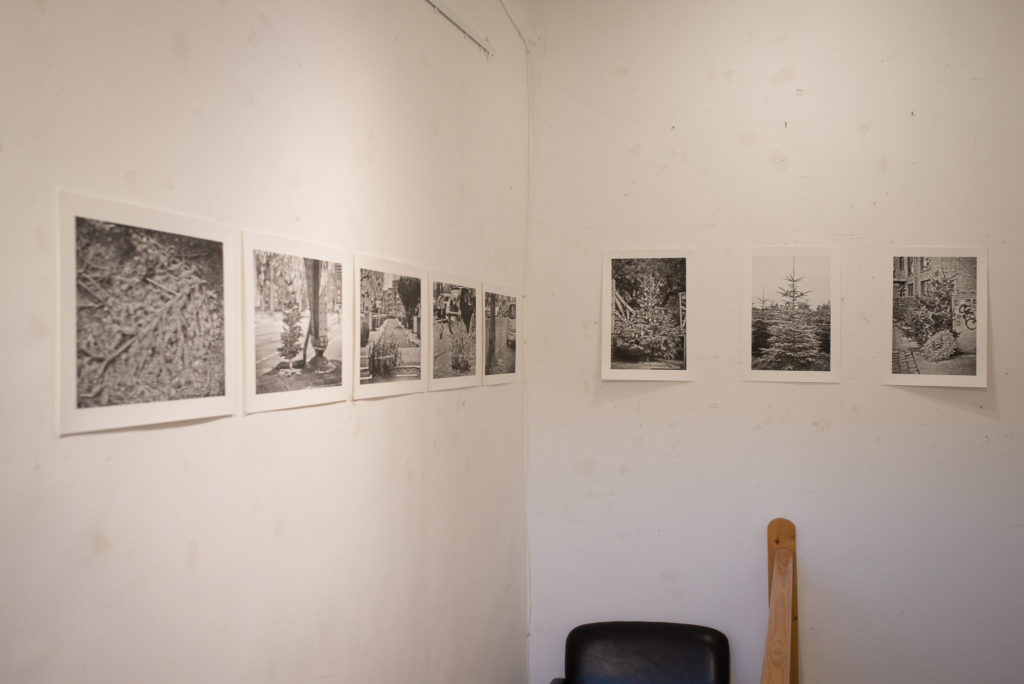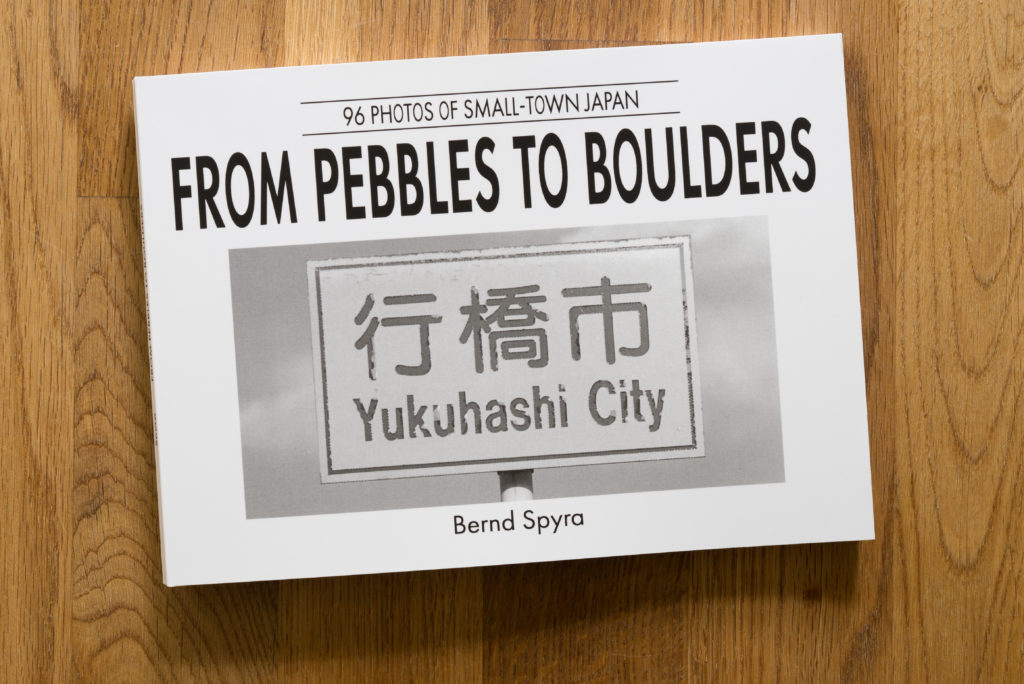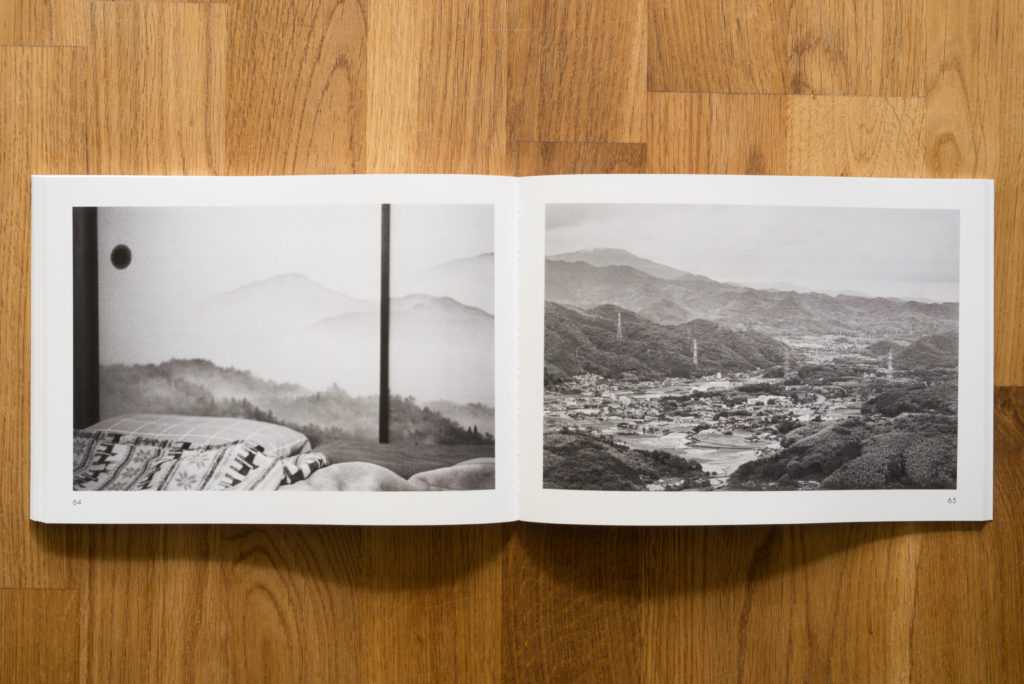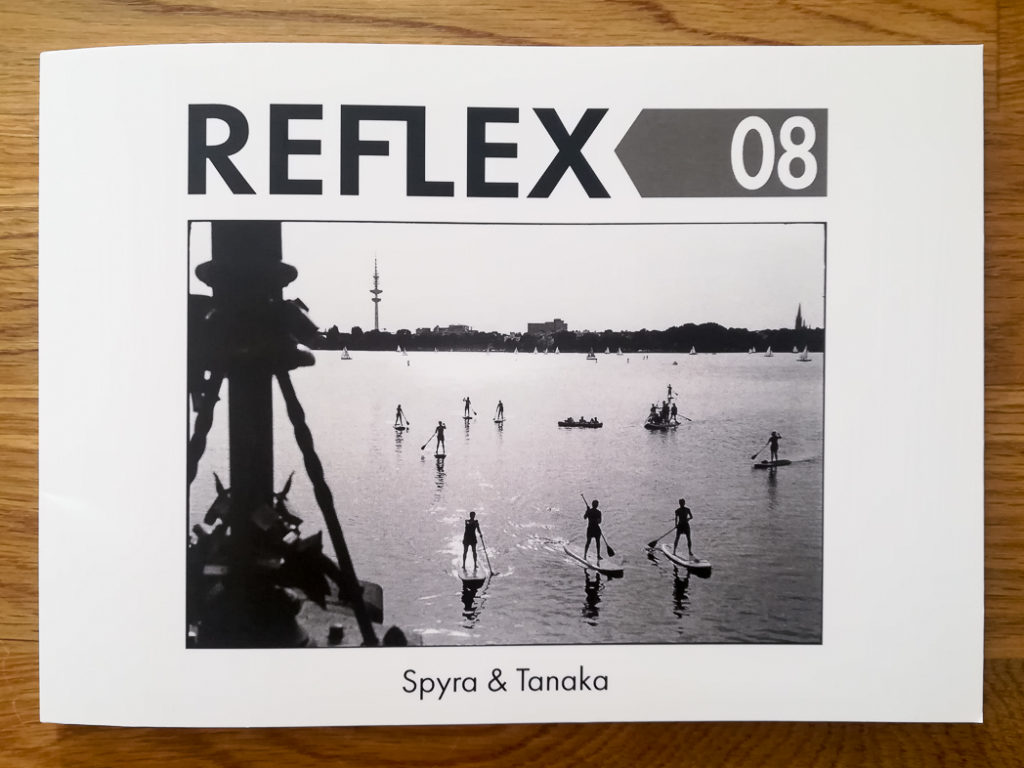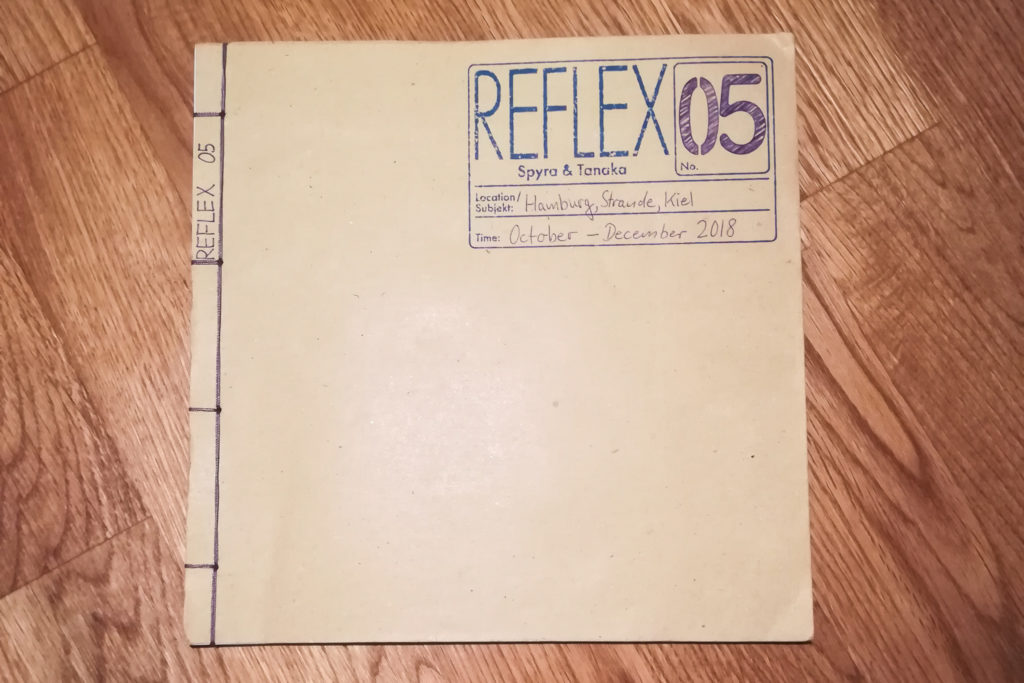Es ist vollbracht: Am 21.08.2024 wurde mein Refotografie-Projekt „MARKK in Time“ historisch, als es unter den Inventarnummern 2024.4:1-75 in die fotografische Sammlung des Museums am Rothenbaum aufgenommen wurde. Obwohl eine mit dem MARKK abgestimmte Veröffentlichung noch nicht erfolgt ist, kann die Recherche- und Fotoarbeit, die in enger Zusammenarbeit mit dem Haus und insbesondre Catharina Winzer (Leiterin der fotografischen Sammlung), durchgeführt wurde, damit als abgeschlossen betrachtet werden. Ich möchte dies zum Anlass nehmen, das Projekt hier kurz zusammenzufassen.
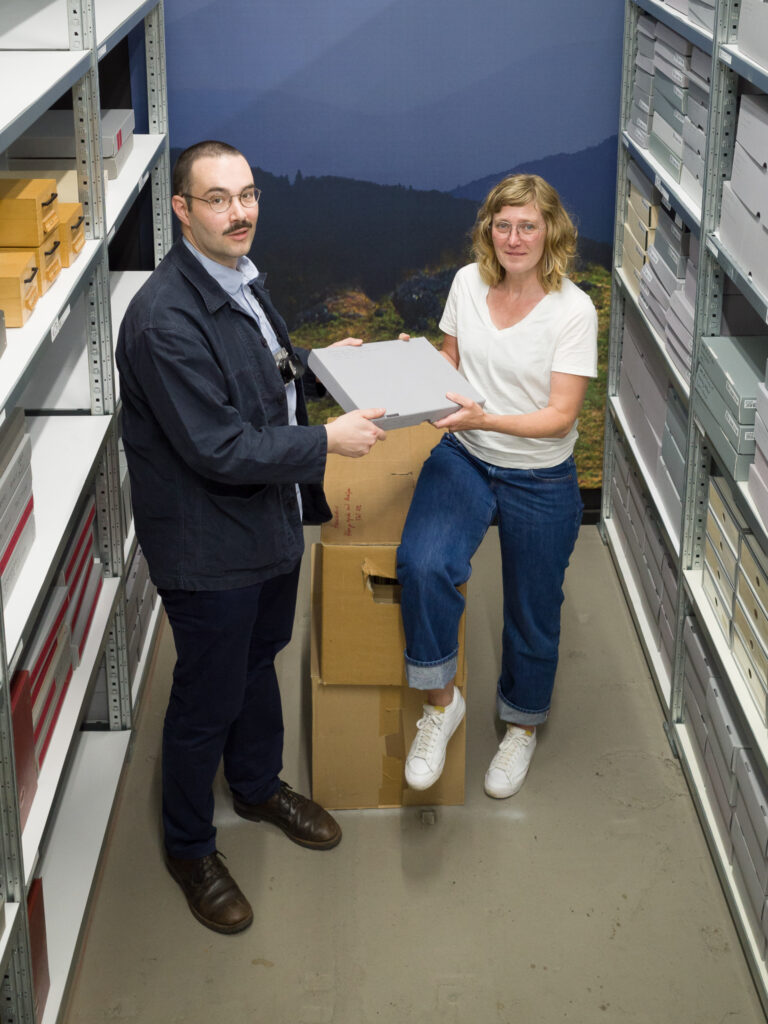
Idee
Der eigentliche Grund, weshalb ich seit einiger Zeit im und am MARKK unterwegs bin, ist die Durchführung meines Forschungsprojekts zu den populären chinesischen Drucken des frühen 20. Jahrhunderts, welche sich in der Sammlung des Hauses befinden. Im Zuge der Arbeit am Projekt habe ich auch die Bestände des Fotoarchivs nach Spuren der historischen Beschäftigung mit chinesischen Objekten durchsucht, und bin dabei auf einige Glasnegative mit Innenansichten des Museums gestoßen, auf denen chinesische Objekte zu erkennen sind. Ein Beispiel ist unten zu sehen.
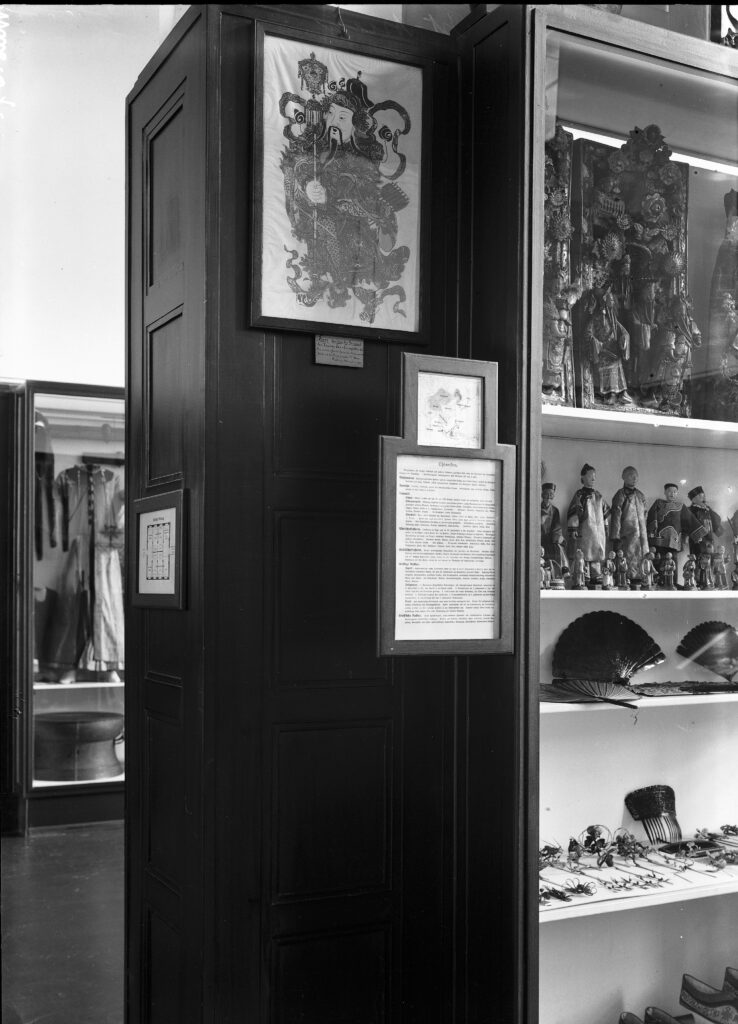
Dieses Foto stammt aus einer großangelegten Serie, welche die Fotografinnen des Hauses zur Dokumentation des Museumsneubaus in den späten 1910er Jahren angefertigt hatten. Zahlreiche Fotos aus dieser Serie wurden dann zur Illustration von Georg Thilenius 1916 erschienener Publikation Das Hamburgische Museum für Völkerkunde verwendet, wo sie den Museumsbetrieb in den eigens dafür geschaffenen Räumlichkeiten zeigen. Im Rahmen meiner Forschung im Haus wurde mir bewusst, wie viele von den historischen Szenen heute — nach über 100 Jahren — noch immer erkennbar sind, und wie stark die Umstände der jetzigen Arbeit im Haus sowohl im Guten wie im Schlechten noch immer auf die Neubauzeit verweisen.
Im Jahr 2022 wurden dem Museum die Mittel für eine umfassende Modernisierung bewilligt. Damit wird auch die jetzige Form des Hauses in absehbarer Zeit historisch werden, indem sie von neuen baulichen Ansätzen, die wiederum neuen musealen Ansätzen dienen, ersetzt wird. Höchste Zeit also, den jetzigen Zustand in seiner historisch gewachsenen Form zu dokumentieren, bevor er nicht mehr sichtbar ist. Da mir dies durch den bestehenden Zugang zum Haus möglich ist, war es eine Gelegenheit, die ich nicht verstreichen lassen konnte.
Umsetzung
Die erwähnten fotografischen Innenansichten des Hauses, welche die Arbeits- und Sichtweisen der historischen Ethnologie dokumentieren, stellen ein ideales Ausgangsmaterial für ein künstlerisches Refotografie-Projekt dar:
Die Refotografie visualisiert als Methode räumliche und zeitliche Beziehungen. Sie ist damit sowohl eng „verwandt“ mit der Fotogrammmetrie und Stereofotografie, als auch mit der klassischen Kinematographie (‚Bewegungsaufzeichnung‘ durch Aufnahme mehrerer, zeitlich versetzter Einzelbilder) und ihren auf Zeitverhältnissen konzentrierten Formen Zeitraffer und Zeitlupe. Die Methode ist momentan nicht nur äußerst populär, in der Durchführung ist sie außerdem vergleichsweise simpel, wenngleich gute Ergebnisse eine hohe Präzision erfordern: Der genaue Aufnahmestandpunkt eines historischen Fotos wird bestimmt, von diesem Standpunkt aus wird der Gegenstand erneut („re“)-fotografiert.
In diesem Projekt werden die erneuten Aufnahmen der gezeigten Orte im heutigen Museum den alten Aufnahmen mit dem Ziel gegenübergestellt, die Problematiken der historischen, ethnologischen Arbeitsweise für die Museumsbesucher:innen zum einen erfahrbar zu machen und zum andern auf visuelle Weise aufzuheben. Dies geschieht, indem die originäre Perspektive zeitlich multipliziert und damit kontingent gesetzt wird. Gleichzeitig wird der Ist-Zustand des Hauses vor dem Umbau in seinem historischen Kontext dokumentiert.
Als Korpus — mit begleitendem und erklärenden Text — erlauben die insgesamt 75 Aufnahmen, die Arbeitsprozesse in einem klassischen ethnologischen Museum nachzuvollziehen, wobei die Verarbeitung als Refotografien nicht nur die jeweiligen Bildinhalte historisiert und relativiert, sondern auch den Betrachter:innen erlaubt, den jetzigen Ist-Zustand in seiner Zeitlichkeit zu begreifen.
Durch die Aufnahme in die fotografische Sammlung sind die Fotos nun zu einem Teil des MARKK geworden, einem Teil des MARKK in der Zeit.

